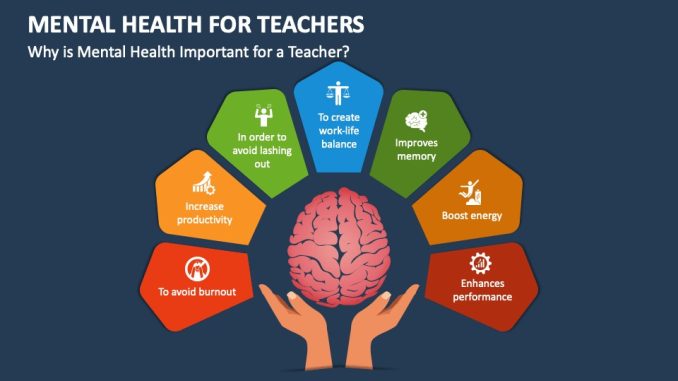
The role of educators in supporting mental health has evolved dramatically in recent years. No longer confined to the boundaries of academic instruction, teachers and school staff are increasingly recognized as frontline allies in the broader effort to nurture student well-being. This shift is not simply a matter of expanding responsibilities—it reflects a deeper understanding of how mental health and learning are intertwined. A student’s ability to focus, engage, and succeed in school is profoundly influenced by their emotional state. When educators are equipped to notice, respond to, and support mental health needs, they help create an environment where learning can truly flourish.
Educators are often the first adults outside the family to observe changes in a child’s behavior. They see students daily, track their progress, and notice patterns that others might miss. A student who suddenly withdraws from group activities, stops turning in assignments, or displays uncharacteristic irritability may be signaling distress. These signs are subtle, and they don’t always point to a diagnosable condition. But they do suggest that something is interfering with the student’s ability to thrive. When teachers are trained to recognize these cues and respond with empathy rather than judgment, they become a vital part of the support system.
The classroom itself can be a powerful space for mental health support. It’s not about turning teachers into therapists, but about fostering a culture of care. Simple practices—like greeting students warmly, encouraging open dialogue, and creating predictable routines—can make a significant difference. These actions help students feel seen and safe, which is foundational for emotional regulation and cognitive engagement. When students trust their educators, they’re more likely to share concerns, seek help, and take academic risks. That trust doesn’t come from curriculum—it comes from connection.
Professional development plays a crucial role in preparing educators for this expanded role. Mental health literacy should be part of teacher training, not an optional add-on. Educators need tools to understand common mental health challenges, strategies for de-escalation, and frameworks for referral. They also need support themselves. Teaching is emotionally demanding, and burnout is a real risk. When schools invest in the mental health of their staff—through counseling services, peer support networks, and wellness initiatives—they reinforce the message that mental health matters at every level of the organization.
Collaboration is another key element. Educators don’t work in isolation, and they shouldn’t be expected to manage mental health concerns alone. School counselors, psychologists, social workers, and administrators all play complementary roles. When these professionals communicate effectively and share insights, they create a more cohesive support system. For example, a teacher might notice a student struggling with concentration and refer them to the school counselor. The counselor, in turn, might uncover stressors at home and coordinate with a social worker to provide resources. This kind of integrated approach ensures that students receive the right help at the right time.
Technology can also enhance the educator’s role in mental health support. Digital platforms that track attendance, grades, and behavior can help identify students at risk. Communication tools can facilitate timely outreach to families and support staff. Online training modules can provide flexible learning opportunities for teachers. However, technology should never replace human connection. The most effective interventions are rooted in relationships. A caring conversation, a moment of patience, or a gesture of encouragement often carries more weight than any algorithm.
The impact of educator-led mental health support extends beyond individual students. It shapes the overall climate of the school. When mental health is prioritized, stigma decreases, and students feel more comfortable seeking help. Peer relationships improve, bullying declines, and engagement rises. Academic outcomes follow suit—not because mental health support replaces instruction, but because it enables it. A student who feels emotionally supported is more likely to attend school regularly, participate actively, and persist through challenges. In this way, mental health support is not a distraction from learning—it’s a foundation for it.
Real-world examples illustrate this dynamic. In schools where teachers are trained in trauma-informed practices, students report feeling safer and more respected. In classrooms where mindfulness is integrated into the daily routine, students show improved focus and reduced anxiety. In districts that prioritize social-emotional learning, graduation rates climb and disciplinary incidents fall. These outcomes are not accidental—they’re the result of intentional efforts to embed mental health awareness into the fabric of education.
Ultimately, the educator’s role in mental health support is about presence. It’s about showing up—not just to deliver lessons, but to listen, to care, and to respond. It’s about recognizing that every student brings a complex inner world to the classroom, and that learning happens best when that world is acknowledged and supported. Educators don’t need to have all the answers. They just need to be willing to ask the right questions, to notice when something’s off, and to act with compassion. In doing so, they become more than teachers. They become anchors of stability, champions of growth, and partners in healing. And in today’s world, that role has never been more important.